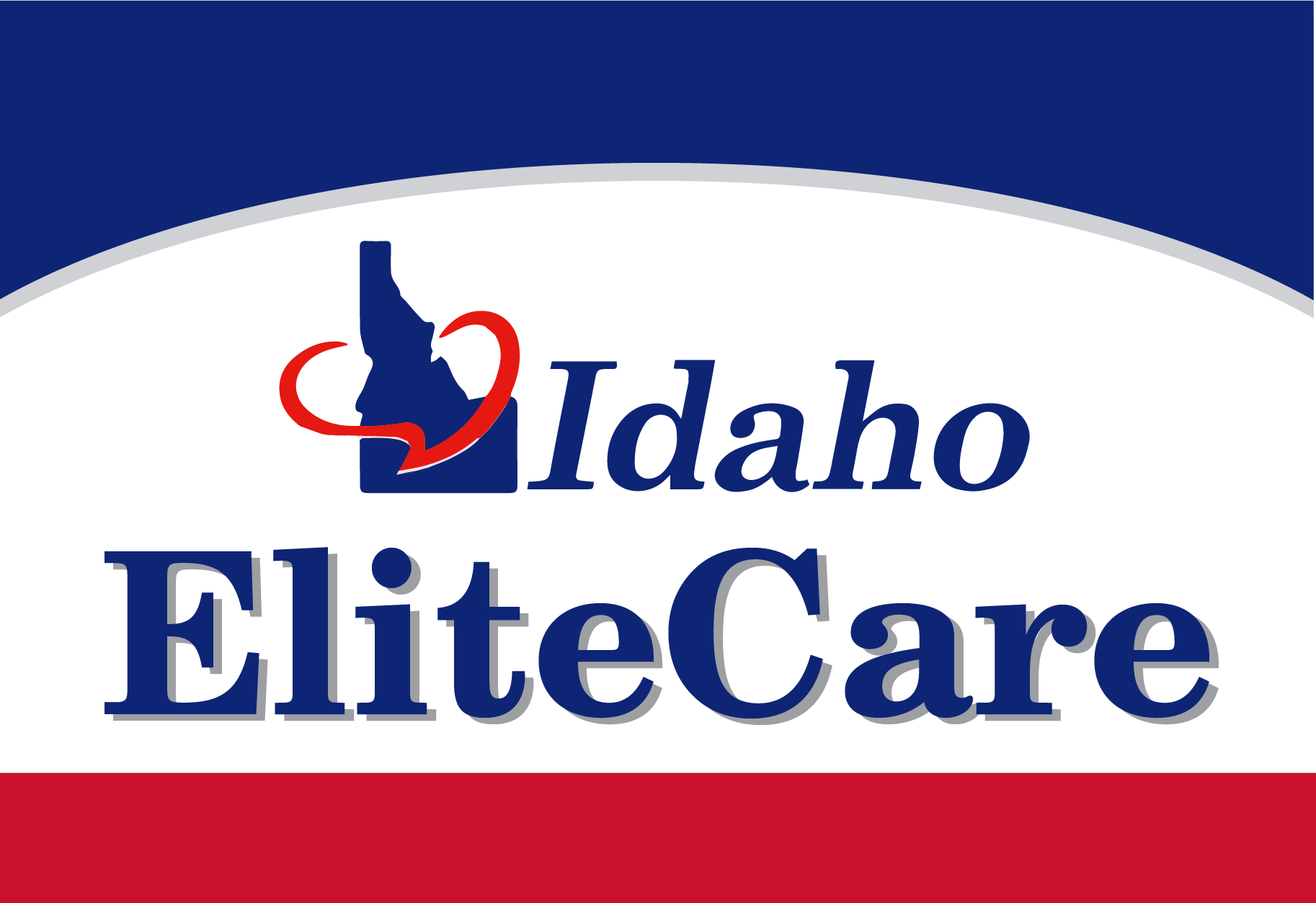What is the Medicare Annual Election Period (AEP)

It is not uncommon for people to confuse the Annual Election Period (AEP) with the Medigap Open Enrollment Period in the Medicare insurance industry. However, these Medicare Election Periods occur at different times. Keep reading to learn more about AEP Medicare.
Medigap Open Enrollment vs. AEP Medicare
Each year, the Medicare Annual Election Period occurs between October 15th and December 7th. During this time, individuals can change their Part D drug plan or their Medicare Advantage plan.
It is possible to make a switch from original Medicare plans to a Medicare Advantage plan during this period too, and chance from one Medicare Advantage plan to a different Advantage plan, or even revert back to original Medicare.
Now it is time to learn what AEP is not. This is not a time when a person can apply for Medigap with no underwriting. The election period applies to all Medicare Advantage plans and Medicare Part D plans for prescription drugs. It does not apply to Medicare supplements. I will explain more of the differences below.
The Open Enrollment Period for Medicare
It is possible to find a good description of what the open enrollment period is by looking at the “Choosing a Medigap Policy” resource provided by Medicare. The period starts on the first day of the month that a person turns 65 or when they opt to enroll in Medicare Part B—whichever happens at the latest date. The “open” period for an individual lasts for just six months.
The idea behind the Medigap open enrollment period is for a person who is new to Medicare Part B to enroll in the Medigap plan without having to deal with medical underwriting. This means the insurance carrier does not have the option to decline coverage because of a preexisting condition or another health concern. It is not possible for this issuer to refuse a policy to a person or to make them pay a higher rate because of an individual’s health issues. In fact, within this period, a person does not even have to answer health questions that are included in the application.
Something that is important to understand about this period of time is that, after the six-month window is over, it is gone forever. Most people will not receive any type of election period where they will be guaranteed to receive a Medigap policy.
Changing Requires Medical Underwriting
Consider if a person has a Medigap policy, and it increases within a year. This is common for most Medigap plans, and most of them will have yearly rate increases. In this situation, it is necessary to shop around for a different insurance company to figure out if better pricing is possible.
In most states, a person must answer specific health questions or submit a copy of their medical records. The underwriter may also call someone to ask health questions. Eventually, the company will likely decline some people for specific health conditions.
This is essential because some people opt for the most affordable price during their open enrollment period. They fail to research the potential rate increases that may occur.
AEP or Annual Election Period
All in all, these are just a handful of the ways you can get help with your Medicare costs. The common thread for any program that helps with Medicare costs is that these programs depend on mainly your income, as well as a few other factors.
However, that isn’t to say that just because you have a decent income, you don’t qualify for help. If you are unsure, it is always a great idea to ask someone familiar with the ins-and-outs of Medicare. That way, you can be sure you are getting the most out your coverage and not paying any extra.
Everything AEP Is Not
The AEP does not offer the opportunity for individuals to enroll in a Medigap policy without undergoing underwriting. It is possible to use the AEP for leaving the Medicare Advantage plan and to go back to original Medicare. However, if someone applies for a new Medigap policy to help supplement their Medicare, they should be ready to answer specific health questions. A person is not guaranteed to be approved for the new Medigap plan they have applied to.
There are a few exceptions when the insurance carrier for the Medigap policy may provide a guaranteed issue enrollment in a Medigap policy. This is typically something that is beyond a person’s control. If the Medicare Advantage plan is taken off the market and it is no longer available, a person has a time period to choose a new policy with no underwriting necessary.
Election periods and enrollment periods are the most confusing elements of Medicare, so people should not become too overwhelmed. The best thing you can do, besides research on your own, is to contact me. I will personally answer any questions you have and set your mind at ease.
I hope this article helped you.
I will personally respond to you and answer any question you have. If you feel this article helped you – please share it!



Sign up for our Newsletter
Once or twice per week we deliver Medicare tips straight to your email inbox. Try it, we think you'll like it!
By providing the information (above/below) I understand that Idaho Medicare, may contact me regarding Medicare Advantage Plans, Prescription Drug Plans, and Medicare Supplement Plans.
*Not connected with or endorsed by the United States government or the federal Medicare program.
Christensen Insurance
Idaho Falls, Idaho

All Rights Reserved
Idaho Medicare
ph: (208) 759-5794
*Calling the number above will direct the caller to a licensed agent.
a: 2296 N Yellowstone Hwy, Building B Suite 303, Idaho Falls, ID 83401
Serving the entirety of ID, UT, NM, MT
Medicare has neither reviewed nor endorsed this information.
Not connected with or endorsed by the United States government or the federal Medicare program.
We do not offer every plan available in your area. Any information we provide is limited to those plans we do offer in your area. Please contact Medicare.gov or 1-800-MEDICARE to get information on all your options.
By providing your name and contact information you are consenting to receive calls, text messages and/or emails from Monica Nelson at Idaho Medicare, a licensed insurance agent, about Medicare Plans at the number provided, and you agree such calls and/or text messages may use an auto-dialer or robocall, even if you are on a government do-not- call registry. This agreement is not a condition of enrollment.
This is a solicitation of insurance. Your response may generate communication from Monica Nelson, a licensed insurance agent.